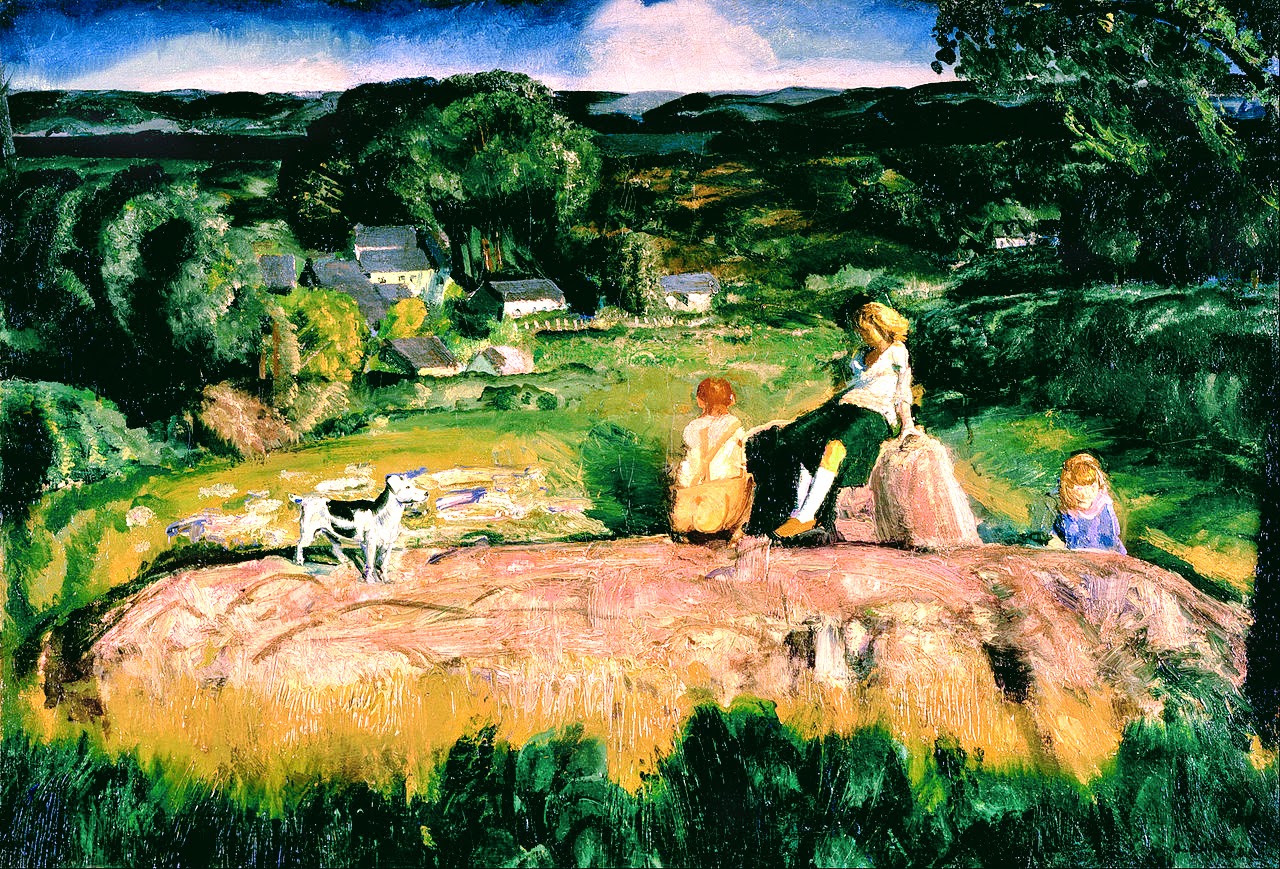This is the story of nine American families that raised children who all attained extraordinary achievement in different fields. Even if none of these children grew up rich, they were advantaged in many other ways. What do they have in common? In particular, all had involved parents and a lot of opportunities. In their homes, college was considered not only as achievable but even as inevitable.
Among the nine families under review, as many as eight had a parent who was an educator or an immigrant, and five of them had a parent who was both. From the Wojcicki family, for example, Susan is today the CEO of YouTube, Anne is a co-founder and CEO of the genetics company 23andMe, and Janet is a professor of Pediatrics and Epidemiology at the University of California in San Francisco.
In the nine families, the strong academic mindset developed a comfort with complex concepts and encouraged the habit of asking questions. Esther, the mother of the Wojcicki sisters, started her daughters' education very early. After working as a teacher, she began to think that early-childhood education was more important than anyone thought at that time. “My theory was that the most important years were 0 to 5,” she says. She did arts and crafts projects with her young daughters and taught them how to count and read before they even started school.
Since then, education experts have proved that Esther Wojcicki was right. We know today that the first years are crucial for children's learning and brain development. It is possible, however, that the educational job of the parents is less important than their educational mindset itself. In the nine families, parents instinctively understood the value of at-home instruction decades before studies confirmed the benefits of early education. Their children recalled the lessons, the books read aloud, the library trips and at-home worksheets that gave them an early boost at school.
Few of the children of the nine families had parents who closely monitored them, and several said that they were raised with more freedom than their friends. “They could read early, so they could read signs. They could do math early, so they could handle money,” Esther Wojcicki tells about her three daughters. She also taught them to swim as soon as they could walk, because she wouldn't have to watch them when they were playing near the backyard pool.

Picture: Three Children and a Dog, by George Bellows (Wikimedia Commons, w/Effects)


